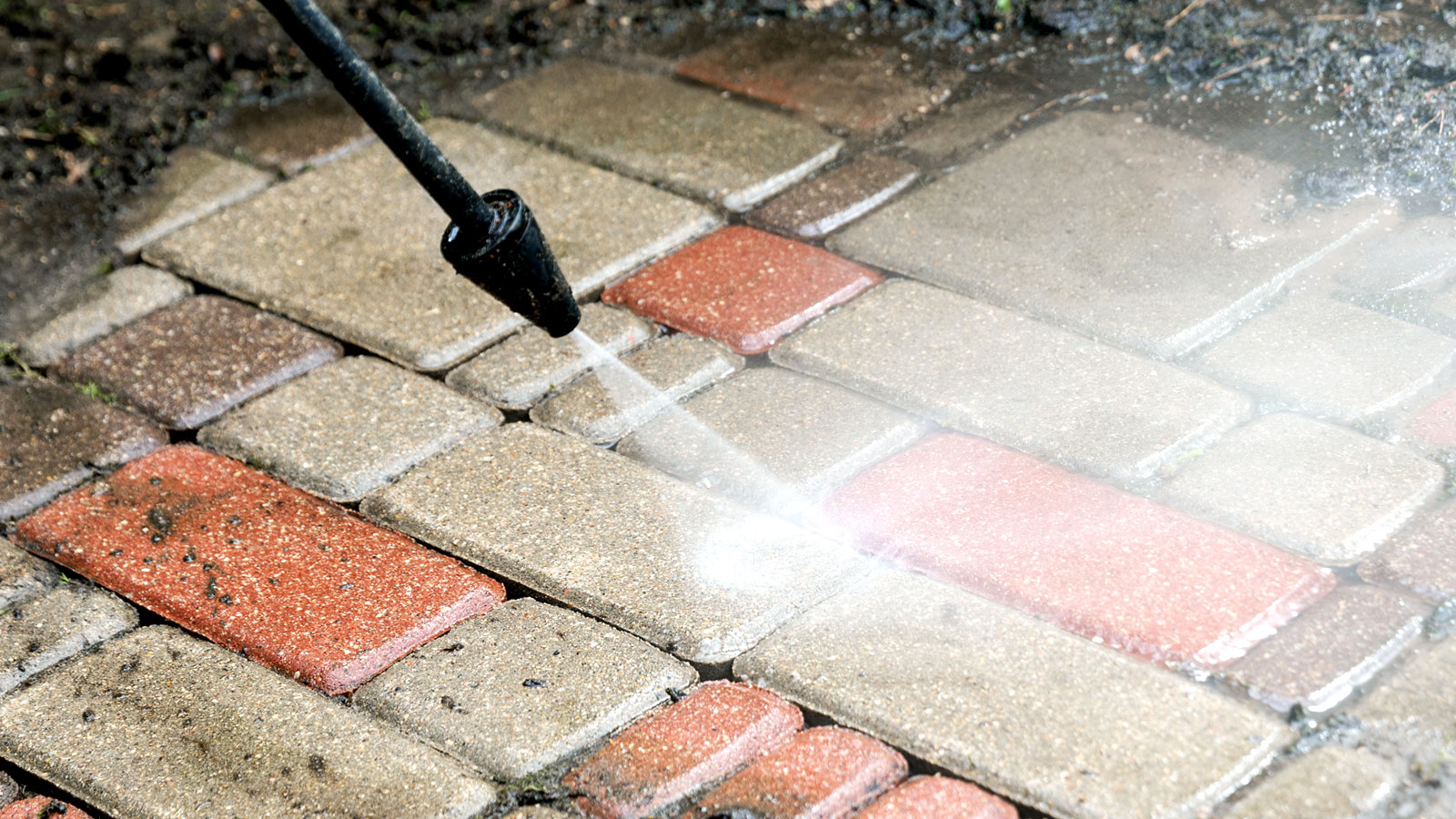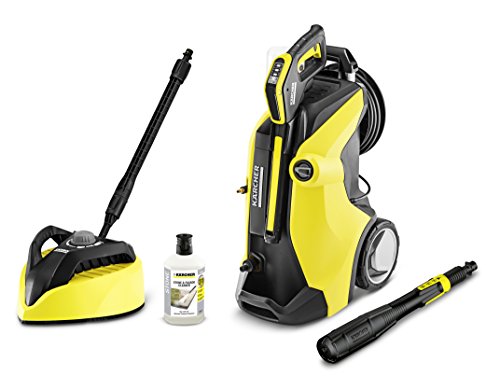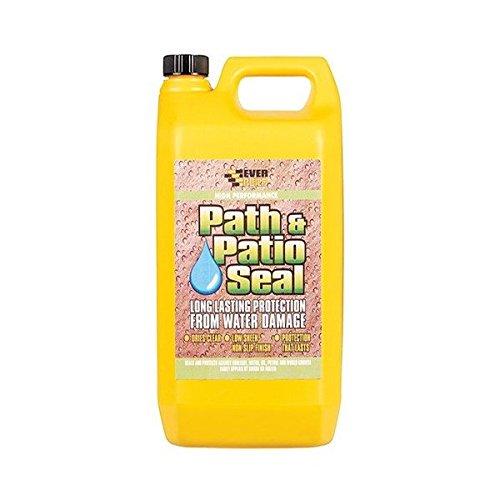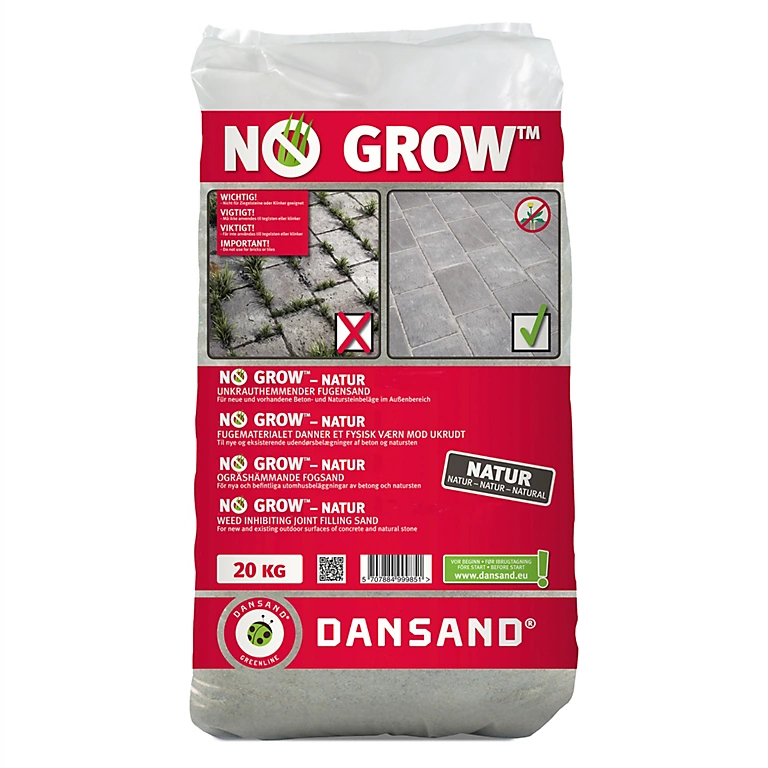How to clean block paving to get rid of weeds, lichen and moss
Here we show you how to clean block paving and reveal what tools and cleaner you'll need to get a smart, spotless finish

Knowing how to clean block paving means you can say goodbye to a tired and weathered path or driveway. You can take them from dull and unloved to something to be admired and appreciated. And, it will help add a little more kerb appeal to the outside of your home.
But cleaning your block paving is only one way to get it looking good. Maintenance is also key to a good-looking weed-free driveway. If any of your paving gets damaged you’ll want to know how to lay block paving to replace them. And adding a suitable sealer is the finishing touch. Find out more with the essential expert advice in this guide.

Henry Paterson is a home services expert at Housekeep, the UK’s top cleaning & tradespeople service. He’s talked at industry events including the Ideal Home Show and regularly features as an industry expert for publications including the Mail Online, Martha Stewart and more.
How to clean block paving: The tools you need
What you need will depend on what cleaning method you are going to use. If you are going for a manual hand wash you’ll need a hand brush, a stiff broom like this Newman and Cole Deck Scrubber Brush with Handle from Amazon, cleaning product, gloves and plenty of elbow grease.
But if you don’t want the back breaking work of a manual clean look to use a pressure washer. If you have regular use for a pressure washer invest in a model like this Kärcher K2 Premium Home Pressure Washer from Amazon.
Meanwhile, if this is a one off job or you don’t want to invest in a pressure washer, Henry Paterson, Home services expert at Housekeep recommends that you, “Hire a high quality petrol or diesel pressure washer” from a local supplier. These cost around £150 a day to hire, but will give a professional finish.
Try these to help maintain your block paving

A premium pressure washer for a host of home cleaning duties. A 3-in-1 lance makes cleaning fast thanks to the Vario, dirt blaster and detergent settings all in one. No need to swap over for different jobs.
What cleaner should I use for block paving?
There are typically two options here, invest in a specialist cleaner or use a home made solution. Paterson says, “If it’s just a gentle clean to keep your paving in good nick, you can simply use washing up liquid and a brush with hard bristles.”
But, if you're looking for a deeper clean, he suggests, “Invest in a patio cleaning product like Patio Magic (available from Amazon).” Why, “This will not only clean the paving, but also kill moss and lichen and doesn’t even require any scrubbing (although it takes days to work and won’t give instant results).”
If you want a quicker and more cost effective option you can use a homemade solution as Paterson shares, “If your paving has moss or lichen, you can make up a very weak bleach and water solution in a bucket (100 ml bleach to 1 litre water) and apply this directly to the affected areas.”
To finish he adds, “Leave for 30 mins or so and then thoroughly scrub clean before thoroughly rinsing away with clean water.”
3 Steps to clean block paving
If you are using the manual method with a stiff brush and a specialist product Paterson says, “If you use a product like Patio Magic, check the instructions thoroughly. There are some safety precautions (e.g. keeping pets away), dilution instructions and other important bits of info that vary between products.”
For regular cleaning follow the steps below.
1. Brush paving clean
Paterson says, “Start by brushing the paving with an outdoor broom.” This will remove dirt and any loose debris, and give a clean surface to work with.
2. Remove weeds
To start, Paterson says, “Remove weeds and moss by hand if you can.” Use a suitable tool if necessary to dig out weeds and scrape off moss. He adds, “If you can’t get these out by hand, treat these areas using a specialist product (like Patio Magic)”. Alternatively, use a weed killer and follow instructions. You might need to leave for a day or two.
3. Scrub paving and finish
Now it's time to start cleaning. Paterson says, “Scrub your patio using a hard bristled brush and washing-liquid or the cleaner of your choice.” Once you have finished cleaning the area wash down with clean water if using washing up liquid and leave to air dry. If using a specialist cleaner, follow the manufacturer instructions to finish.
Using a pressure washer to clean block paving
If you aren't up to manually scrubbing your block paving, a pressure washer is a good option. Paterson offers some tips to get a good finish, “You need to be careful as the pressure can potentially dislodge or damage paving, or weather the paving. It’s certainly quicker and easier than scrubbing though.”
He adds, “Pressure wash at an angle (30-45 degrees) as this minimises the pressure applied directly to the paving.” And as a note of caution he suggests, “It’s definitely best to avoid pressure washing if you have any loose paving.”
Finally Paterson says, “ Pressure wash sparingly once or twice a year max, to prevent weathering the paving too much.”
An alternative option is to use an accessory like this Kärcher T7 Plus T-Racer Surface Cleaner from Amazon, or a rotary brush accessory as these scrub the surface, rather than blast the surface like a pressure washer wand.
If hiring a pressure washer consider something similar to this diesel pressure washer from National Tool Hire. Again this scrubs the surface for a more subtle action.
What block paving aftercare should I consider?
Once you have cleaned your block paving you need to look after it. Paterson says, “The most important aspect is regular cleaning and removal of moss between paving blocks - which can cause damage if left untreated, as well as removal of lichen.”
Alongside regular maintenance, you should think about adding new sand between blocks and adding a sealer to protect it. But, how often? Paterson says, “You don’t need to add a sealer after every clean. Your paving should have been sealed a few months after it was first laid. Then every 2-3 years afterwards should be often enough.”
Maintenance is key to keeping your block paving in good condition. Find out how to stop weeds in block paving, check out some of the best pressure washers, and add some style – to match your now clean block paving – with our 15 front garden ideas guide.
Get the Homebuilding & Renovating Newsletter
Bring your dream home to life with expert advice, how to guides and design inspiration. Sign up for our newsletter and get two free tickets to a Homebuilding & Renovating Show near you.
Steve Jenkins is a freelance content creator with over two decades of experience working in digital and print and was previously the DIY content editor for Homebuilding & Renovating.
He is a keen DIYer with over 20 years of experience in transforming and renovating the many homes he has lived in. He specialises in painting and decorating, but has a wide range of skills gleaned from working in the building trade for around 10 years and spending time at night school learning how to plaster and plumb.
He has fitted kitchens, tiled bathrooms and kitchens, laid many floors, built partition walls, plastered walls, plumbed in bathrooms, worked on loft conversions and much more. And when he's not sure how to tackle a DIY project he has a wide network of friends – including plumbers, gas engineers, tilers, carpenters, painters and decorators, electricians and builders – in the trade to call upon.



